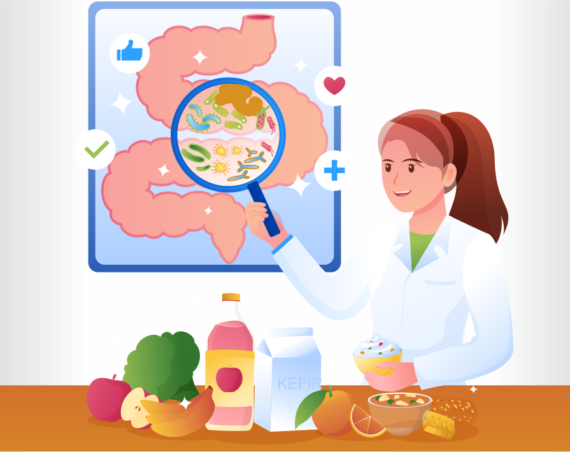The humble pigeon has become a villain for many in India. Known to be brilliant birds with outstanding vision and the ability to navigate complex routes, pigeons have adapted to stay alongside humans for ages. With unabated population growth among pigeons, it has become an urban menace due to littering and droppings associated with it. Pulmonologists have raised related health hazards.
Diseases spread
Pigeons find easy access to crevices along buildings, make roosting sites, and raise chicks, leading to litterings and droppings. The droppings are a mixture of various diseases that cause harm to the lungs. Flu-like symptoms from pigeon droppings known as Psittacosis caused by Chlamydia psittaci have been found. The disease has reached such an alarming proportion that incidences of pneumonitis, also referred to as environment-related lung fibrosis, are spreading among the masses. Another common disease spread by pigeons to humans is histoplasmosis, caused by the fungus Histoplasma.
Pigeon droppings and feathers can introduce parasites, ticks, and fleas into the nearby environment. Also, pigeon droppings can cause cryptococcal meningitis, a fungal infection that spreads from the lungs to the brain with symptoms that include confusion or changes in behavior.
Hypersensitive pneumonia has three stages: acute, subacute, and chronic. The acute and sub-acute can be treated with steroids. However, patients with chronic stage have their lungs damaged beyond repair.
Symptoms
Some symptoms are feeling breathlessness, persistent cough, high fever, and difficulty breathing. Pigeon droppings have common antigens, and patients suffering from the disease have no cure and must depend on steroids or immunosuppressants. The lung is the most vulnerable due to the diseases spread by pigeons.
Way out
Pigeon feeders aim to make the health ecosystem more hazardous by feeding pigeons in public. This is despite certain local governing bodies raising the issue and imposing fines for those who provide them.
Preventing pigeons from roosting in building crevices and sealing potential gaps will help in the long run. Awareness should be heightened about the possible diseases caused by pigeons among the general public. Easy access to cereals and grains has made the pigeons adapt to humans. With no access to the easy availability of food, pigeons will eventually move away, and, with it, the diseases too. It is high time that proactive steps are taken to combat the crisis.





